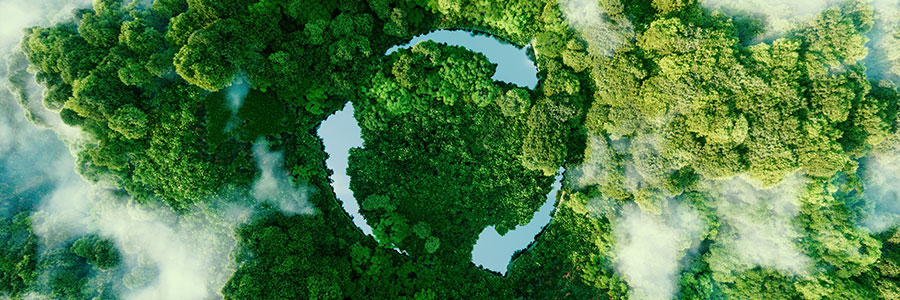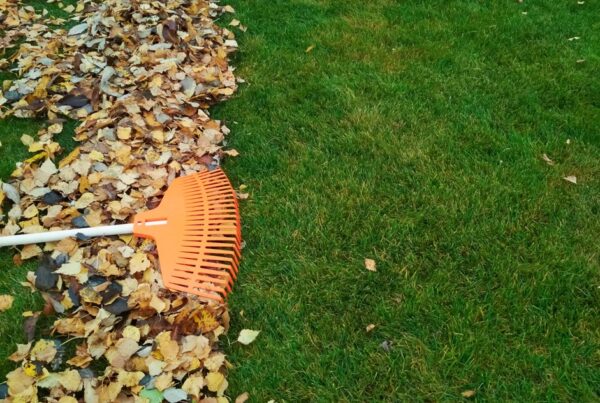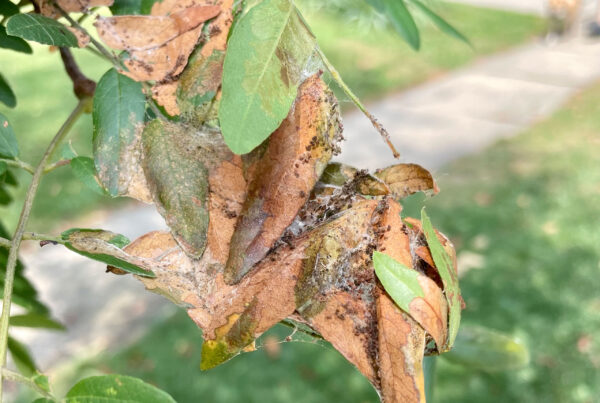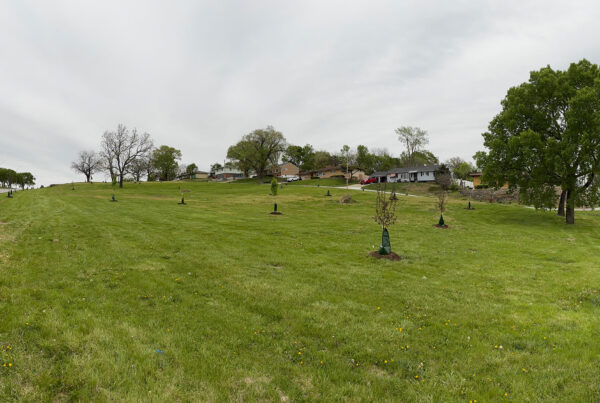
By Kristin Riott. Kristin is BTG’s Executive Director.
We humans are a literal bunch, better at responding to the sensory cues immediately before us than to abstract concepts in some far-off time frame. Tangible beats conceptual, and now beats future, every time. Just ask the credit card industry.
Our bias toward the tangible and the now can make it hard to appreciate abstract environmental problems, and their solutions. When Kansas Citians cross our bridges over the mighty Missouri River, we see a seemingly endless supply of water, never to be depleted. But problems with water supply along the Colorado in the West are perhaps a cautionary tale, demonstrating that water in the coming decades may be less available and more expensive, even here.
Even the positives, the full benefits of environmental solutions like recycling, can be hard to take in. It’s fairly easy to imagine the metal in the can we’re rinsing in the sink being remade into a new can. It’s hard to visualize that the solid object in your hand represents hundreds of gallons of water. But in addition to conserving the metal, recycling today’s can will also use far less water and energy in the future production of another can.
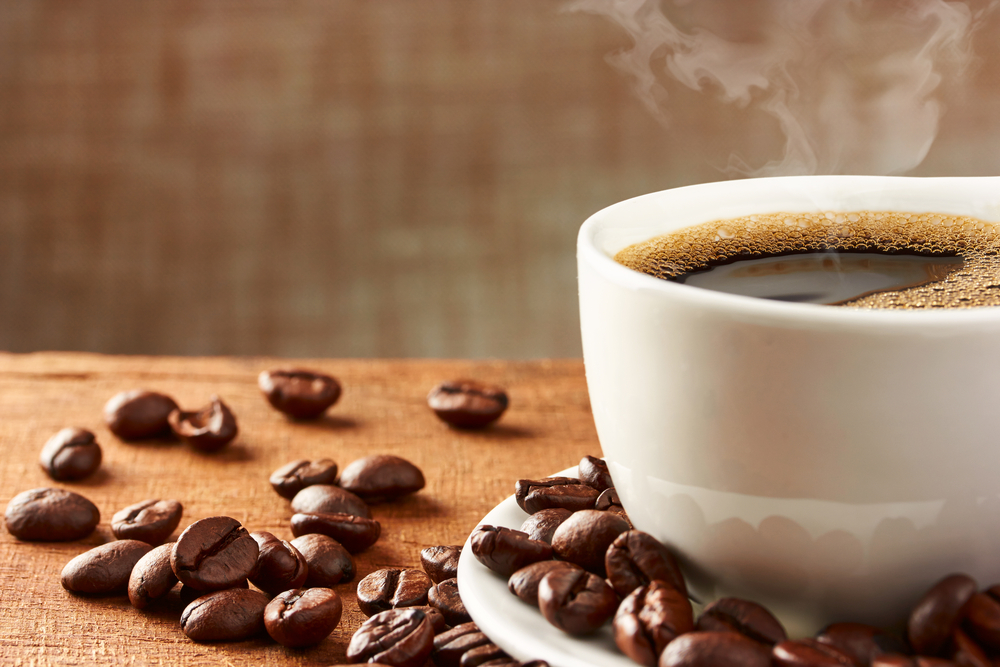
The “water footprint”
Every product we use is made up not only of its raw materials, but the energy and water it took to mine, log or grow those materials, and the energy and water needed to manufacture and transport them. A product’s “water footprint” is the total amount of water used in its production—and it’s often far more than logic would suggest. According to data-driven journalism at Stacker.com, it takes 37 gallons of water to manufacture 1 cup of coffee (watering the coffee bushes, rinsing the beans, etc.). A pint of beer takes 20 gallons to produce. A gallon of wine takes 872 gallons. I don’t want to know any more!
All this is to say that one of the ways we can be water-thrifty, as the value and potential scarcity of water becomes more apparent, is to be conscientious practitioners of the reduce-reuse-recycle mantra, in small ways and large:
- Renovating a home, instead of tearing down and building new, preserves the embodied water and other resources in its lumber frame, floors and doors, and its concrete foundation, and should be prioritized in our city’s strategies and ordinances.
- Since a car takes 39,000 gallons of water to produce, its life should be extended as many years as possible with regular maintenance and oil changes, and as many car miles as possible should be replaced with bike miles.
- Clothing is quite water-intensive; a cotton t-shirt can use 713 gallons. Clothing-related water use can be reduced by buying from thrift stores, or a pre-owned website like Ebay or the RealReal, with very high quality and style at affordable prices.
- Printing on both sides of a sheet of paper, or better still not printing at all, reduces water waste (approximately 3 gallons per sheet). Buying paper with 100% recycled content cuts the water profile to 1.5 gallons per sheet or even less.
Choose “better” recyclable materials
Recycling plastic is especially problematic not only because we’re producing such overwhelming quantities of it, but because plastic downcycles, or degrades when it is recycled. A plastic item can usually only have 1 more incarnation as another product, such as a pen or shoes made from recycled water bottles. After that, the secondary product is likely to be landfilled, and all of its embodied resources thereafter lost. Cardboard can be recycled 7 times before its fibers are too weak to take any more. Glass and metal, in contrast, can be 100% recycled, over and over again. I try to buy grocery store or farmers’ market products in glass instead of plastic packaging, and often with a metal lid, whenever available.
Beyond recycling, there are other choices we can make which save large amounts of water: eating as closely as possible to a plant-based diet can save hundreds of gallons per meal. A pound of beef, conventionally raised, costs roughly 1800 gallons of water to produce; pork almost 600, and chicken almost 500. Potatoes? 34 gallons per pound.
Reducing, re-using, recycling saves water too. If we practice, the possibilities may get easier to imagine.

